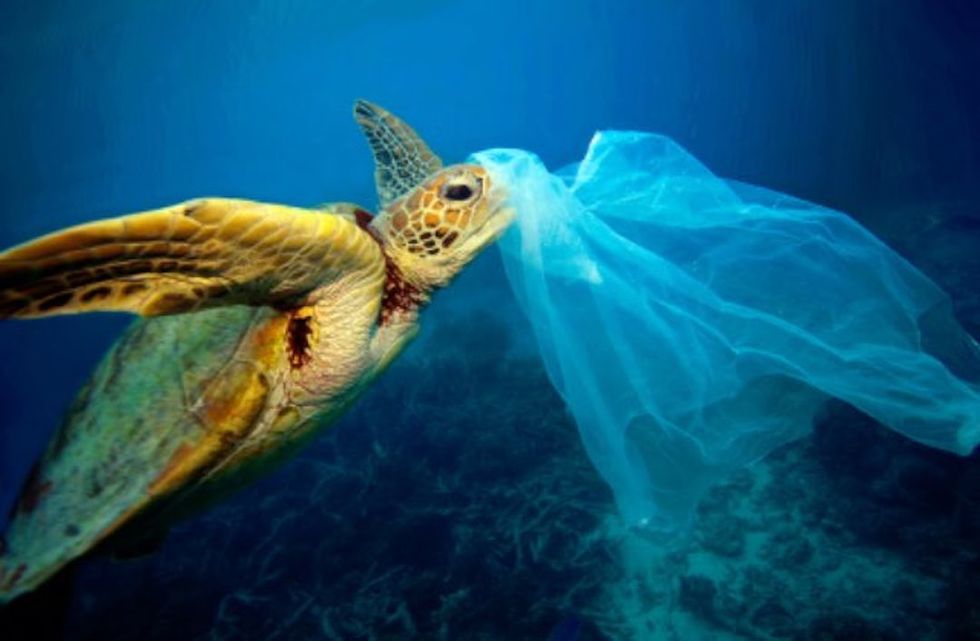We've all seen pictures of sea turtles with plastic straws embedded in their nose or islands of plastic floating in the sea. The truth is, there are millions of tons of plastic in the ocean. By the year 2050 it's estimated that there will be more plastic in the ocean than fish.
Plastic pollution in the ocean affects seabirds, sea turtles, whales, fish, and other marine animals and marine habitats. Many of the animals that ingest plastic develop health issues or die as a result.
Plastic remains in the ocean for a really, really long time. It takes up to 400 years to degrade. When the plastic begins to break down, it breaks into tiny particles called microplastics which don't dissolve and have a greater chance of being ingested by marine life.
We use a lot of plastic. It's inexpensive, versatile, and durable, making it a product that is used throughout society. Over 500 million plastic straws are used every day in America alone. While some people may recycle their plastic, research shows that only 9.5% of plastic worldwide is recycled.
In order to reduce our waste and lower the amount of plastic in the ocean, the most direct solution would be to stop using single-use disposable plastic products. We use plastic grocery bags, plastic wrap, plastic utensils, plastic straws, coffee-cup lids, and plastic bottles everyday.
Opt for reusable alternative. Travel mugs can be used instead of single-use coffee cups with plastic lids. Bring reusable grocery bags to the store and refuse plastic utensils for metal silverware.
Next, we can support plastic bag bans in our communities. Plastic bags are not a necessity, and the adoption of bans on single-use plastic bags can greatly reduce their negative environmental impact.
The first plastic bags were introduced in the 1950s, and since then we have threatened thousands of species of marine wildlife and contaminated the ocean. When taken collectively, changes enacted at an individual scale can make a difference.






















